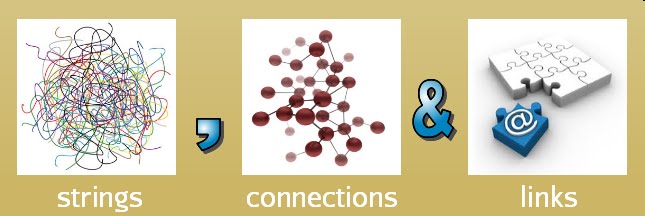Buildings Magazine recently published an article "Renewable Energy Surges Ahead" which indicated that wind, solar, geothermal, biomass, and hydropower are giving coal and natural gas a run for their money. While that may be good news on the surface the total percentage of renewable energy production is still is only 11.2% of total generation for 2012.
While this is laudable and an important step for renewable energy, the important fact I saw was that over the report period of 2000 to 2012 renewable energy accounted for 56% of all new generation capacity. That in itself is pretty astounding. Most of that is reportedly from wind and PV solar.
These are impressive numbers, but for all the increased capacity from renewable sources, commercial buildings are only getting about 1% of their power needs from renewable sources. More reform needs to be done at the legal organization level of power generation. Many states regulate power generation for the benefit of large, centralized power companies. Most of their new generation from clean sources have come from large wind and solar farms at some distance from the consumer of power. This continues to perpetuate the centralized generation paradigm they are most familiar with. So much so, in some western states there is a movement from the utilities to stop roof-top solar PV installations because they say it is an unfair advantage to the homeowner to use their distribution systems without any cost. The reality of these arguments is that it really makes the utility distribution systems more effective and reduces the overall transmission energy losses because as the energy comes in from one house it can be immediately used by a neighbor close by.
If distributed, clean energy is ever to work effectively our state governments are going to have to realize distributed energy production is in everyone's best interest, including the power generation companies. As the markets and technolgy change, so our utilities are being called on to change and grow too.
If you support clean energy production and more sustainable power generation, then you should be in support of all generation, recovery, and conservation opportunities. One of those is to allow small groups of individuals and companies to form local power cooperatives which reduce transmission losses by generating power close to the point of use and encourage local diversity at the neighborhood level, rather than relying on singular power generation sources. That diversity also provides greater security and reliability for all users.
To gain this benefit we have to change the state laws and regulations on the formation of utilities and power cooperatives. The large utilities don't want to give up their regional monopolies they have held for decades, but it's time we moved ahead and looked seriously and thoroughly at the benefits and risks involved with distributed, multi-source power generation. Write your state legislators about this issue and help them learn about the benefits of distributed power generation in your state.


